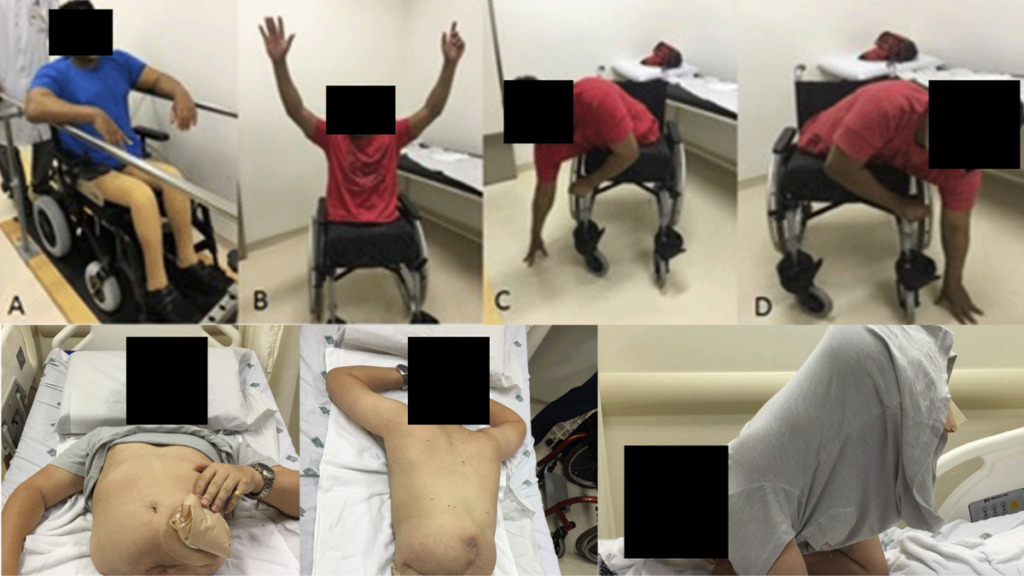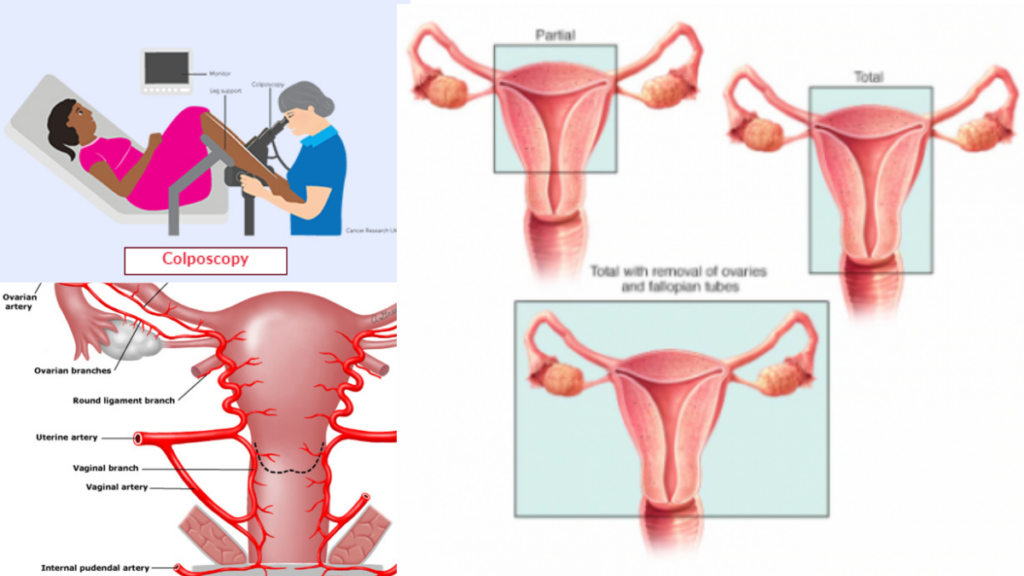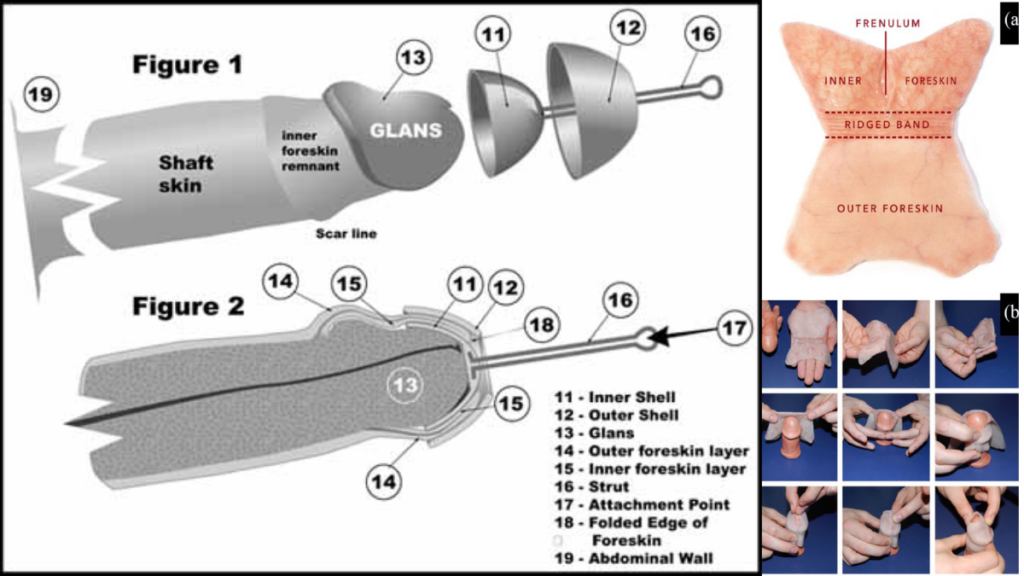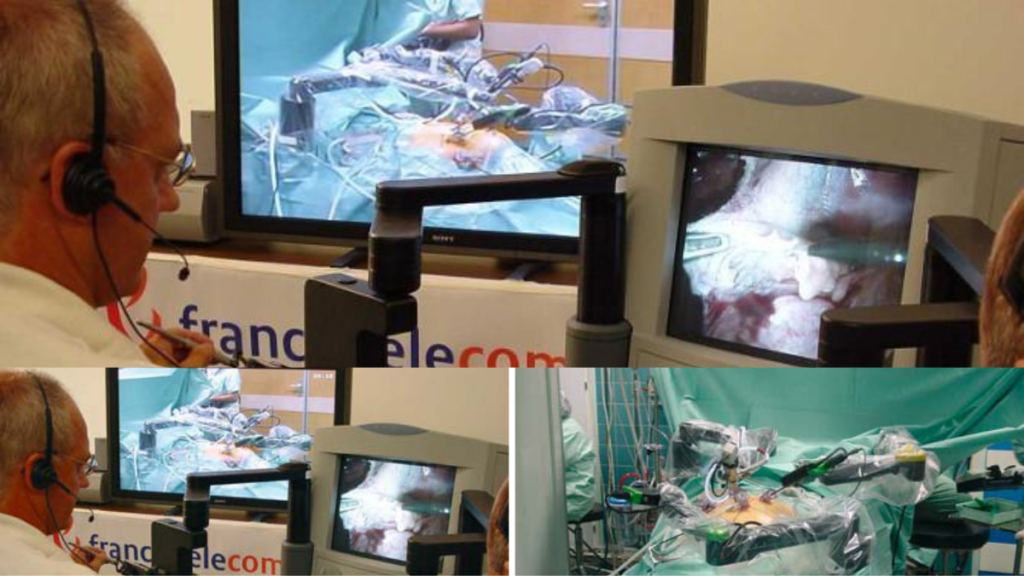Top 10 Bizarre Surgical Procedures

Explore the top 10 most bizarre surgical procedures that push the boundaries of medicine. From hemispherectomy, a surgery involving the removal of half the brain, to the groundbreaking Lindbergh Operation performed entirely with robotic assistance, discover these unusual and extreme treatments. Delve into the fascinating world of medical innovation and the unique reasons behind these extraordinary procedures.
1. Hemispherectomy

Hemispherectomy involves the removal or disabling of one half of the brain. First performed in 1923 by Dr. Walter Dandy, this procedure is reserved for extreme cases of seizures that are unmanageable with medication. Patients typically experience paralysis on the side of the body opposite to the removed hemisphere, but many regain abilities as the remaining hemisphere compensates.
2. Hemicorporectomy

Also known as translumbar amputation, this surgery removes the lower half of the body from above the pelvis. It is an extreme last-resort procedure for patients with fatal illnesses. The operation is performed in two stages: the first to disconnect the body parts and the second to complete the amputation. It is rarely performed and is used only when other treatments have failed.
3. Bilateral Cingulotomy

Bilateral cingulotomy involves disabling parts of the frontal lobes of the brain. Used primarily for severe cancer pain, this procedure is less drastic than a lobotomy but still controversial, especially when used for mental disorders. It helps manage pain by interrupting the brain’s pain pathways.
4. Endoscopic Thoracic Sympathectomy (ETS)

ETS involves cutting sections of the sympathetic nerve trunk to treat severe hyperhidrosis (excessive sweating). A curious side effect is the loss of the ability to blush. When performed on both sides of the body, it results in one half blushing normally while the other remains unaffected. The surgery is also used for cosmetic purposes.
5. Vaginectomy

A vaginectomy is the surgical removal of part or all of the vagina, typically performed to treat cancer or in some sexual reassignment surgeries. Following the procedure, reconstruction using other body parts is often necessary to restore vaginal function.
6. Lobotomy

Lobotomy, once used to treat mental illnesses like schizophrenia, involves destroying the frontal lobes of the brain. Although rare today due to its severe side effects, including personality changes and cognitive impairments, it was infamously used in the past, including on John F. Kennedy’s sister.
7. Penectomy

Penectomy is the removal of all or part of the penis, commonly used to treat cancer or, in some cases, as a form of extreme body modification. This procedure is sometimes performed after a circumcision goes wrong, but its use as body modification is considered unethical by many.
8. Circumcision

Circumcision, the removal of the foreskin from the penis, is commonly performed for religious or health reasons. Controversy surrounds this procedure, especially when performed on infants who cannot consent, and it can lead to psychological issues for some men.
9. Foreskin Restoration

Foreskin restoration is a procedure to create a new foreskin from the remaining skin after a circumcision. Men may seek this surgery due to injury, previous circumcision, or personal preference. During World War II, some European Jews underwent this surgery to evade Nazi persecution.
10. Lindbergh Operation

The Lindbergh Operation, conducted on September 7, 2001, was the first surgery performed entirely with robotic assistance guided by doctors via telecommunications. French doctors in New York controlled the operation remotely from France, successfully removing a gallbladder in 45 minutes. This landmark procedure demonstrated the potential of telemedicine and robotic surgery.
These bizarre and extreme surgeries reflect the vast range of medical practices and the lengths to which medicine has evolved to address various conditions and patient needs.


